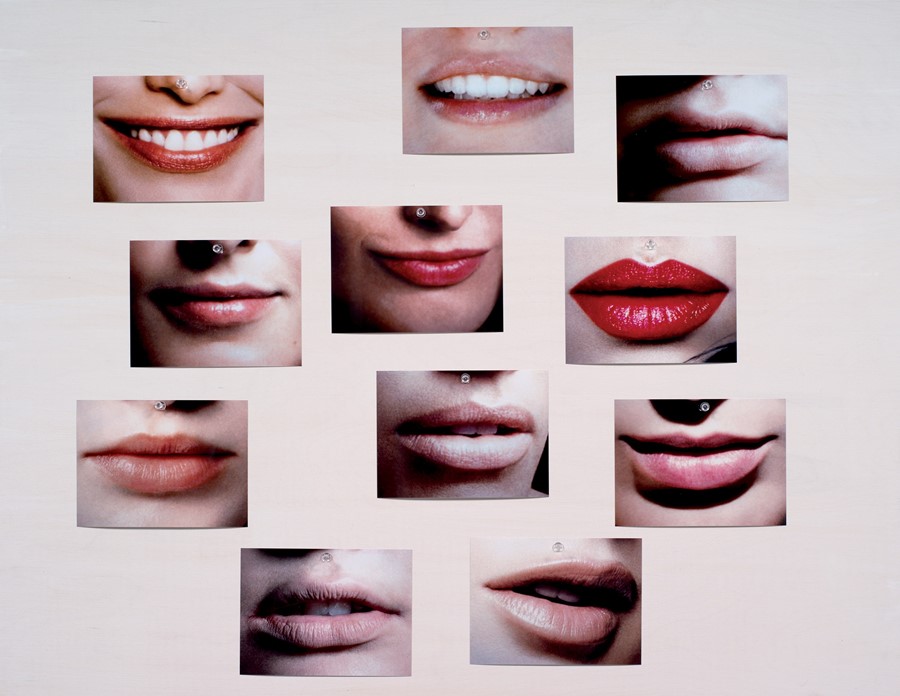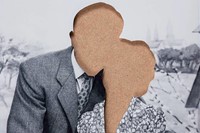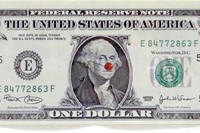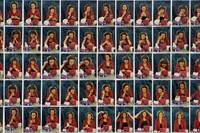Hans-Peter Feldmann has long been fascinated by the clothes, cosmetics and everyday objects that women choose to surround themselves with, as this playful new exhibition at Paris' Galerie des Galeries demonstrates
The sound of shoes clacking against the concrete floor echoes through the metro as you exit at Chaussée d’Antin and walk directly into the subterranean entrance of Paris' most famous department store, Galeries Lafayette. It's a happy coincidence that, before reaching Galerie des Galeries, the building's dedicated contemporary art gallery, visitors must walk through its extensive shoewear collection; the artist on display there, Hans-Peter Feldmann, has long shown a similar enthusiasm for footwear.
It makes for an atmospheric and apt transition into the display of Feldmann’s eclectic work which is currently on show there, which borrows constantly and seamlessly from the movements and moments of our day-to-day lives. The exhibition is dominated by works which express Feldmann’s unique fascination with objects, ranging from clothing and accessories to cosmetics and domestic items. Things we’re used to seeing, but less used to really looking at.
There’s a real sense of the 76-year-old artist’s joy in this selection of pieces, which spans from well-known works, like his ever-evolving line-up of shoes, to newer pieces, such as his re-vamped 18th-century paintings. At other points through our meeting in the space, the curation playfully points to what might have been there, or what is missing: giant slices of bread, or family portraits with the faces cut out, or a crumpled corduroy jacket, tacked to the wall. In many cases, the objects' owners are absent, seeming almost to have jumped into the gallery’s walls.
There are obvious connections today between Feldmann’s work and our own image-collecting generation, not least in his compulsive tendency for compiling highly curated banks of images, but rather than coming from a need to document experiences, Feldmann’s motives are more enigmatic. “Hans-Peter says we're all artists, but some people are more artists because they have more problems to solve,” says Elsa Janssen, director of Galerie des Galeries and the curator of this exhibition. Janssen first came in contact with Feldmann’s work eight years ago, and has been a fan ever since, spending a lot of time with the artist in Düsseldorf, where he continues to live and work. Here, she reveals some of the stories and ideas behind the pieces now on display in Paris.
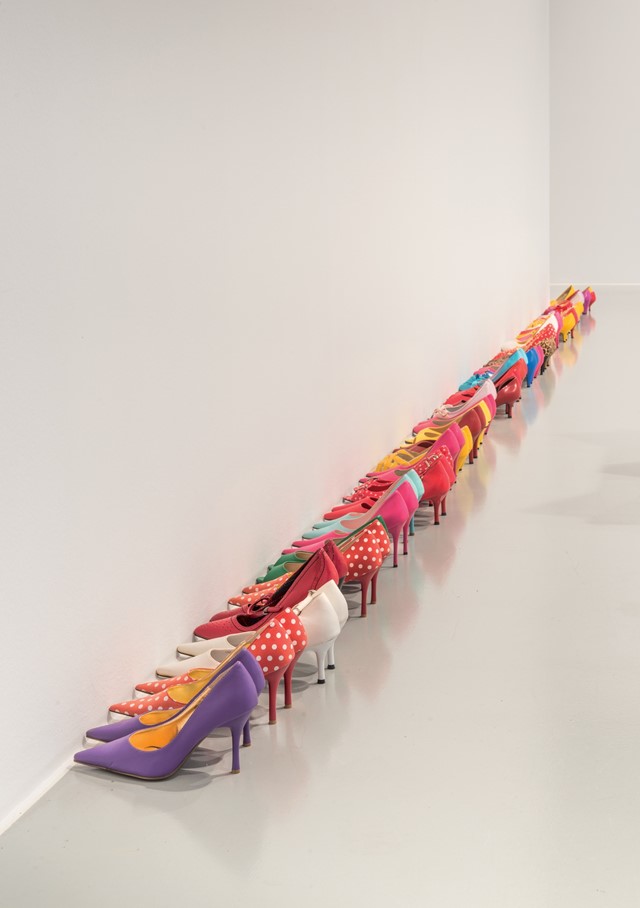
On his interest in women, and his skill for observation…
“As you can see in the exhibition, and if you know Hans-Peter Feldmann's universe and the way he creates his works, women are very often the subject of his artwork, and he's particularly interested in women's behaviors, so he's always observing them. But he's also always observing things in general. Once he told me 'the thing I know to do best is to look,' and it's true – this is why I'm very moved every time I'm in front of one of his pieces, because he can analyze and bring out the poetry in each item that we might not have seen directly, but he shows us life differently.”
On his lifetime habit of creating image banks…
“Feldmann often interrogates what art is through his works. Often he just wants to make a series on something – at the moment he's doing a series on potatoes – but it could also be seen as a metaphor for human beings because, in the end, each one of us is a little bit different. He started to develop image collections very early on – of legs, people jumping, lips – and in the 1960s he started to make 'bilder' or image banks, cutting out from magazines and catalogues and making collections. He then has to curate himself in doing this kind of exercise.”

On his famous piece All the Clothes of a Woman…
“This image really is all of the clothes of this woman. He photographed every single item she owned – she even had to take off the trousers she was wearing. It was Germany, in the 1960s, and they didn't have a lot of money, I'm sure today our wardrobes would be much bigger, but it tells you something about the time.”
On the closed-eye image installation which was created for the exhibition…
“It interested me that with Instagram, Facebook, etc. we're all looking for the most incredible image, and we pay a lot of attention to which image we'll post. With Feldmann, they're all very common, everyday images, yet with his eye he manages to find the ones that move us. When we decided to do the show, we offered to create a collection of images for him throughout the exhibition, also as a way to also collaborate with our audience. So he said ‘OK, make a collection of closed eye pictures for me!’ So we've installed a box here and you can take a closed eye picture that may be used in a future artwork.”
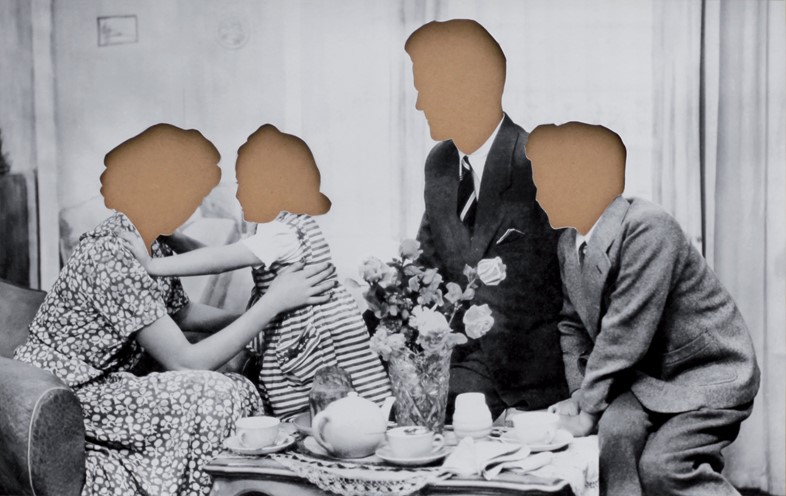
On his piece Contents of a Woman’s Handbag…
“When Hans-Peter was young, he told me he was very curious about what his mother had in her handbag, but his mother didn't want him to see inside it, and he was a bit frustrated. So he decided to ask a woman to buy her handbag and all its contents for 500 euros, and in the end he bought ten bags and he kept all the contents. Of course, there's also the aspect of voyeurism and eroticism in this work too.”
On his fascination with found photographs…
“I'm always very impressed by Hans-Peter's vitality – even now, he's inventing something new. He ran a boutique in Düsseldorf with his wife from the late 70s until a few years ago, so he would always go to auctions and buy old paintings. When he was young he collected found images, and now he collects paintings. It's also very ambiguous – you don't always know if he's altered the original painting or not – but of course, it's a Hans-Peter, so you know he must have done something.”
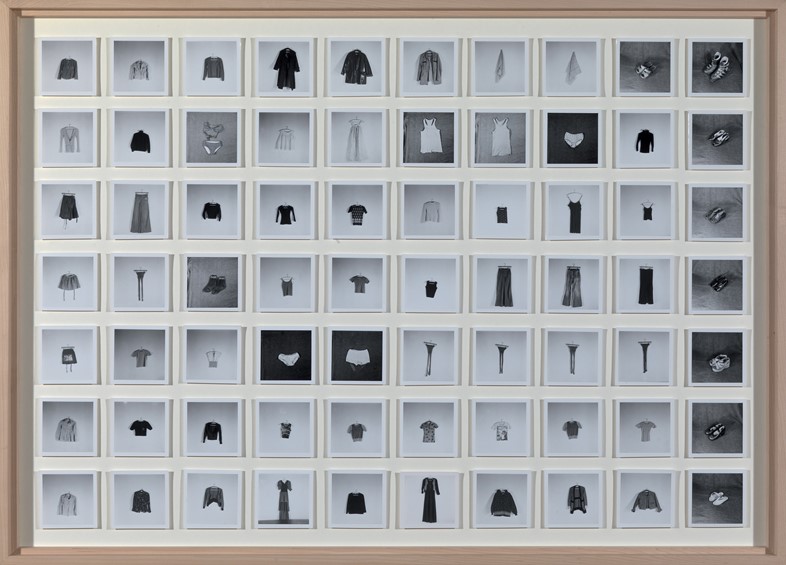
Hans-Peter Feldmann runs until January 21, 2017 at Galerie des Galeries, Paris.
